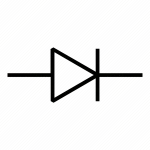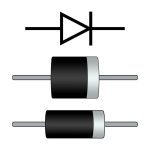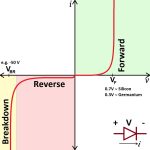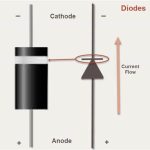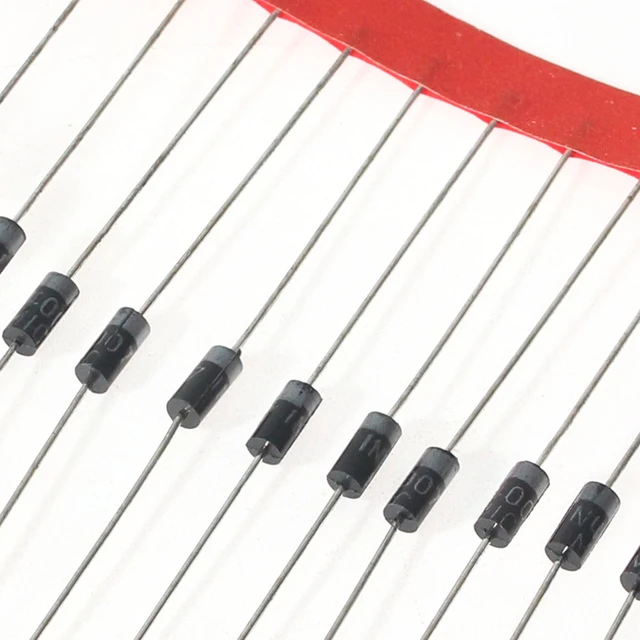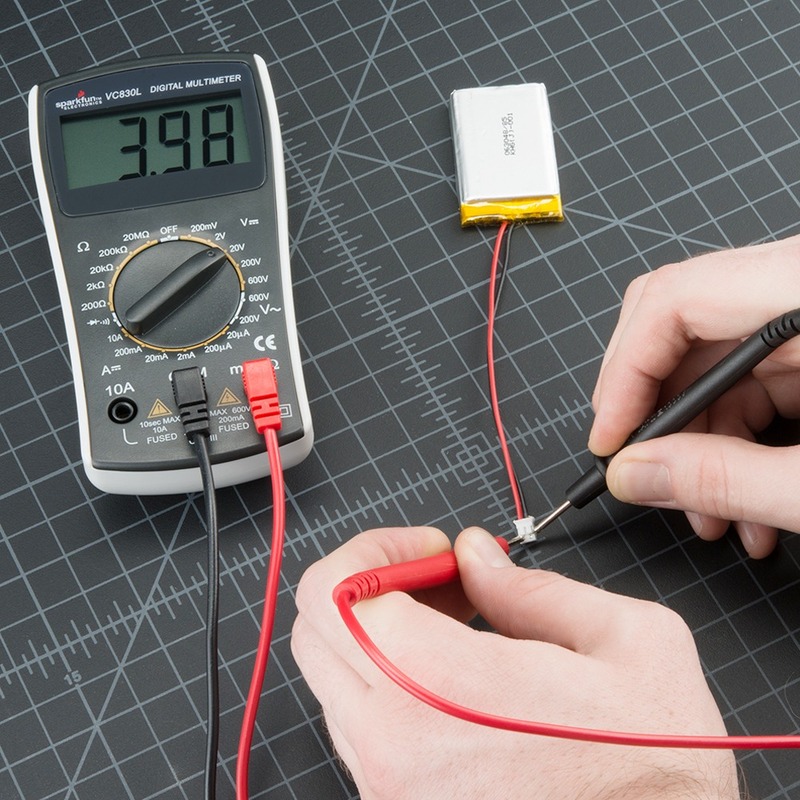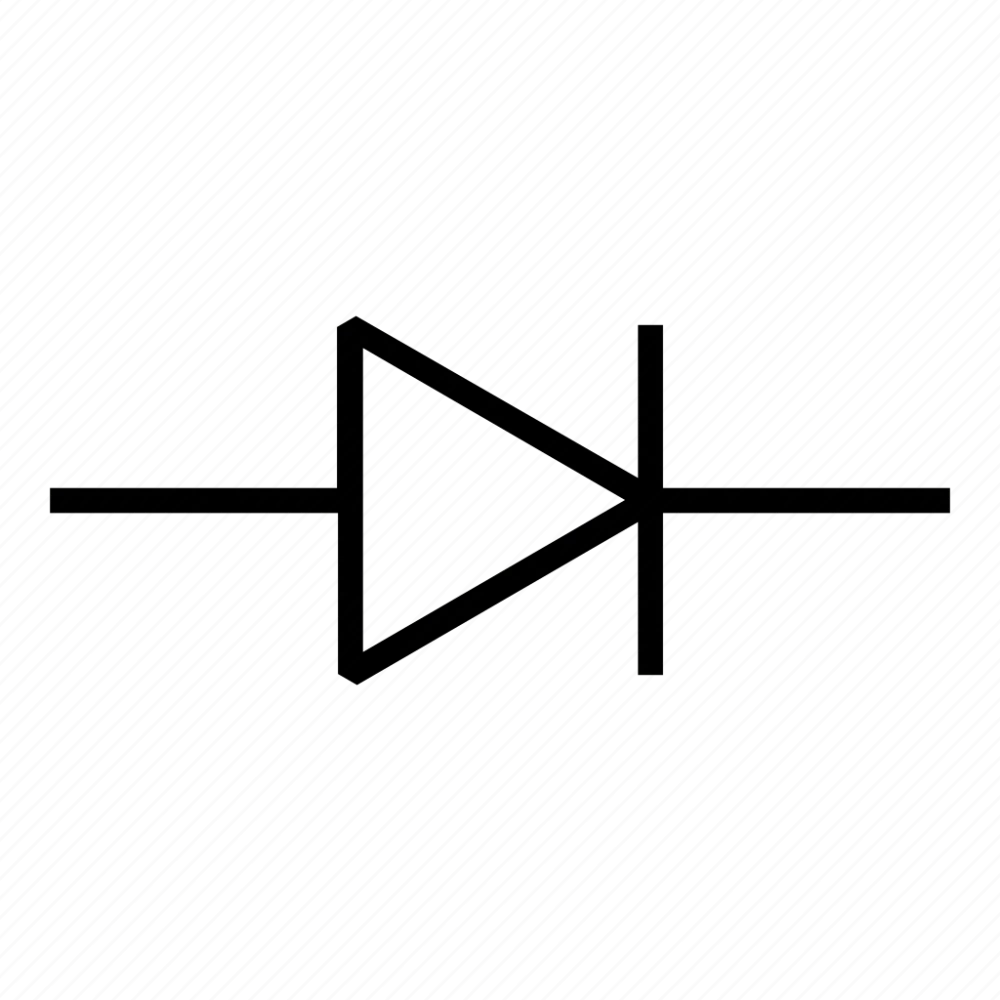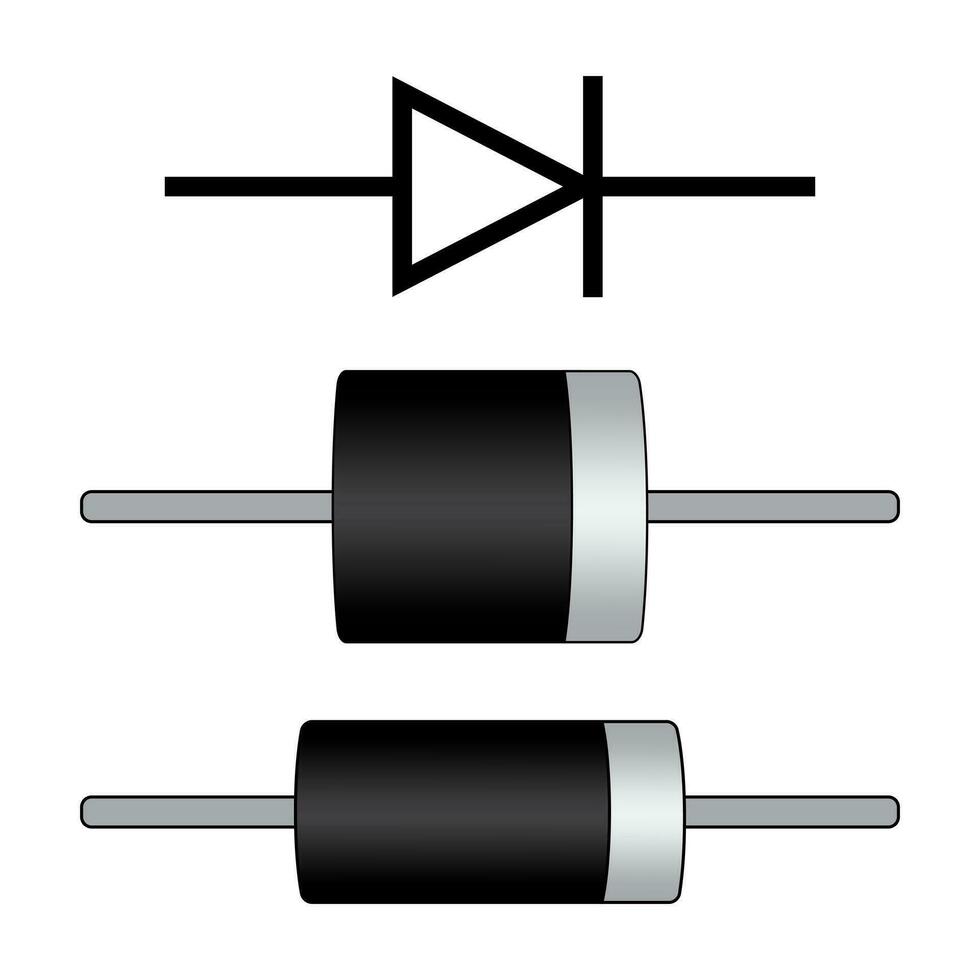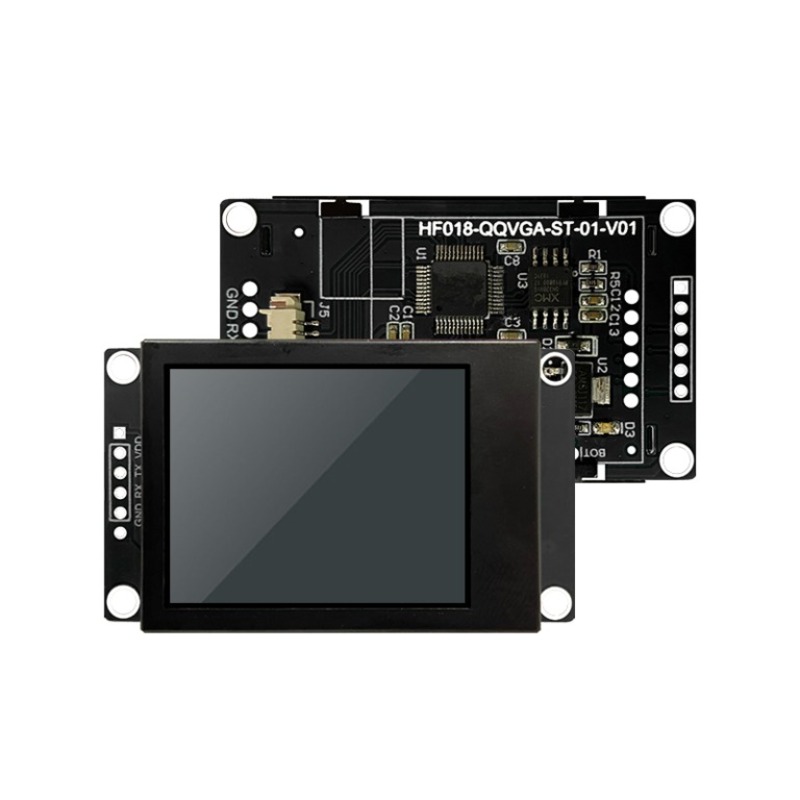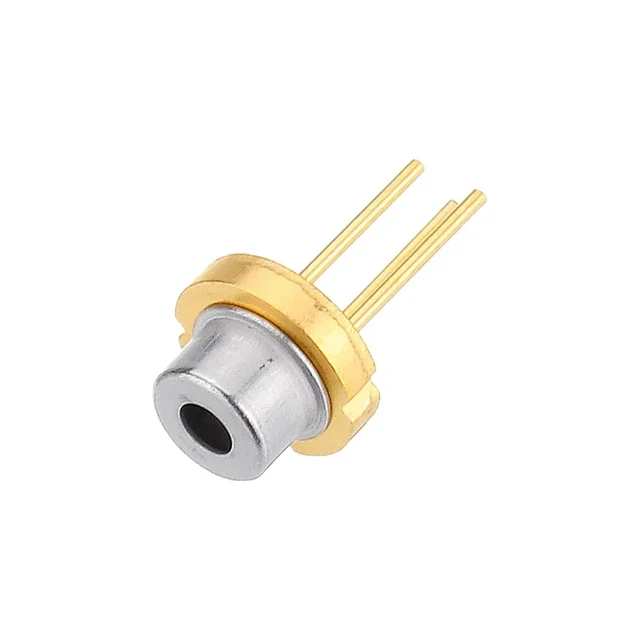 Introduction:
Introduction:
Diodes are fundamental electronic components that play a crucial role in various electrical and electronic devices. Understanding the applications of diodes is essential for comprehending their importance in modern technology. In this article, we will explore the diverse uses of diodes across different industries and highlight their significance in electrical circuits. By delving into the applications of diodes, we can appreciate their versatility and the impact they have in our daily lives.
Some common types of diodes:
There are several types of diodes, each designed for specific purposes and applications. Here are some common types of diodes:
Rectifier Diodes:
Rectifier diodes are widely used in power supply circuits to convert alternating current (AC) into direct current (DC). They allow current to flow in only one direction, blocking the reverse flow of current.
Light Emitting Diodes (LEDs):
LEDs are semiconductor diodes that emit light when a forward voltage is applied. They are commonly used in lighting applications, displays, indicators, and electronic devices.
Zener Diodes:
Zener diodes are specialized diodes designed to operate in reverse breakdown voltage region. They regulate voltage by providing a constant voltage drop when the current flows in the reverse direction. Zener diodes are commonly used in voltage regulation and protection circuits.
Schottky Diodes:
Schottky diodes are characterized by their fast switching speed and low forward voltage drop. They are commonly used in high-frequency applications, rectifier circuits, and digital circuits.
Avalanche Diodes:
Avalanche diodes have a similar principle to Zener diodes, but they have a higher breakdown voltage and are designed to handle higher power levels. They are used in circuits that require voltage clamping and protection against voltage spikes.
Varactor Diodes:
Varactor diodes, also known as varicap diodes or tuning diodes, are designed to act as voltage-controlled capacitors. They are used in radio frequency (RF) tuning circuits and voltage-controlled oscillators.
Laser Diodes:
Laser diodes are semiconductor devices that emit coherent and intense light of a specific wavelength. They are used in applications such as telecommunications, laser pointers, laser printers, and optical storage devices.
These are just a few examples of the many types of diodes available. Each type has specific characteristics and applications tailored to different electronic and electrical functions. Understanding the specific properties of different diodes helps engineers and technicians select the appropriate diode for their circuit design or application requirements.
Introduction to Diodes
Diodes are electronic devices that allow the flow of electric current in only one direction, while blocking it in the opposite direction.
A. Basic Operation: Diodes consist of two semiconductor materials, usually silicon or germanium, forming a junction that allows or prevents the flow of current based on its polarity.
B. Current Flow Control: Diodes are commonly used to control the flow of electricity in electronic circuits, ensuring the correct and reliable operation of various devices.
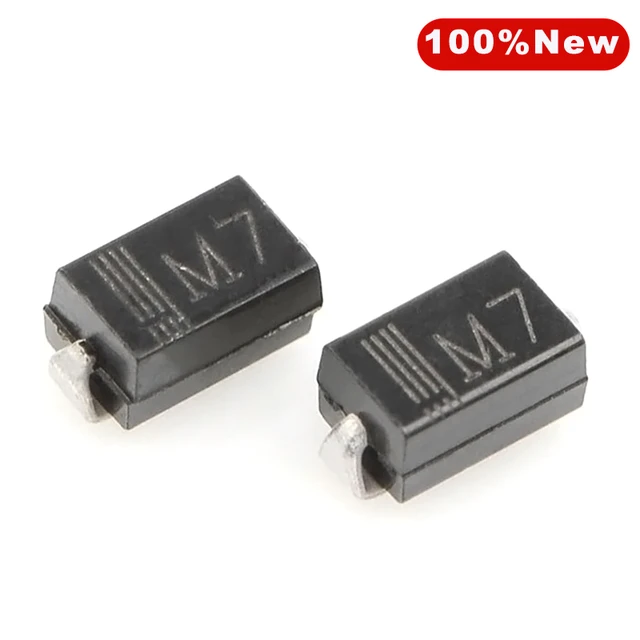 Rectification: Changing Alternating Current to Direct Current
Rectification: Changing Alternating Current to Direct Current
One of the primary applications of diodes is rectification, converting alternating current (AC) to direct current (DC).
A. Half-Wave Rectification: Diodes can be used to eliminate one half of the AC waveform, allowing only the positive half of the voltage to pass through, resulting in the conversion of AC to pulsating DC.
B. Full-Wave Rectification: Diodes arranged in a bridge configuration can rectify both halves of the AC waveform, converting it into a smoother and continuous DC voltage.
Voltage Regulation
Diodes are essential components in voltage regulation circuits, ensuring the stability and consistency of electrical power.
A. Zener Diodes: Zener diodes are specifically designed to maintain a constant voltage across their terminals, enabling them to regulate voltage in circuits.
B. Voltage Clamp Diodes: Voltage clamp diodes, also known as transient voltage suppressor diodes, protect sensitive electronic components from voltage spikes or transients by clamping excessive voltage.
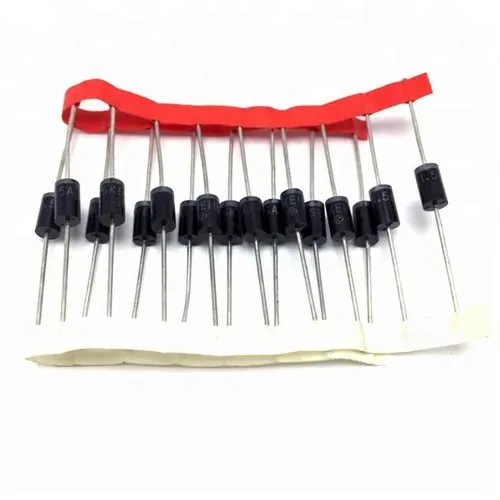 Signal Demodulation
Signal Demodulation
Diodes are extensively used in signal demodulation circuits to extract the original information from modulated signals.
A. Amplitude Demodulation: Diodes are employed in amplitude demodulation circuits, also known as envelope detectors, to recover baseband signals from amplitude-modulated carriers.
B. Frequency Demodulation: In frequency demodulation, diodes can extract frequency modulation signals by means of circuits like the Foster-Seeley discriminator or the ratio detector.
Voltage Clipping and Clamping
Diodes find application in voltage clipping and clamping circuits to limit voltage levels within desired ranges.
A. Voltage Clipping: Diodes can clip the positive or negative portions of an input signal, allowing only a specified range of voltages to pass through.
B. Voltage Clamping: Diodes can clamp the voltage of a waveform to a specific reference level, protecting downstream components from overvoltage or enabling efficient operation of other circuits.
Protection in Circuits
Diodes provide critical protection against voltage spikes, reverse currents, and voltage transients in electronic circuits.
A. Reverse Voltage Protection: Diodes prevent damage to components by blocking reverse currents, preventing the reversal of polarity in circuits.
B. High-Voltage Protection: Diodes, such as varistors or surge protection diodes, protect sensitive electronic components from transient voltage spikes caused by lightning strikes or power surges.
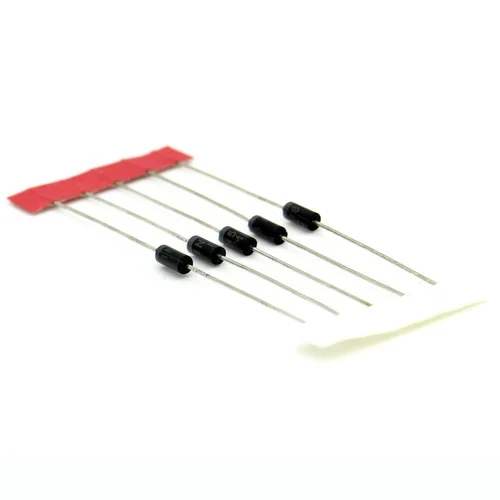 Light Emitting Diodes (LEDs)
Light Emitting Diodes (LEDs)
Light Emitting Diodes (LEDs) are diodes that emit light when current flows through them, making them widely used for illumination, displays, and indicators.
A. Lighting Applications: LEDs are energy-efficient and long-lasting, making them ideal for a wide range of lighting applications, including residential, commercial, and automotive lighting.
Photodiodes
A. Optical Communication: Photodiodes are essential components in optical communication systems, converting light signals into electrical signals for data transmission in fiber optic networks.
B. Light Sensing and Measurement: Photodiodes find application in light sensors, solar panels, and light meters for measuring and detecting light levels in various environments.
To test a diode:
To test a diode, you can follow these steps:
Set your multimeter to the diode testing mode. This mode is usually represented by a diode symbol or a triangle with an arrow.
Identify the anode (positive terminal) and the cathode (negative terminal) of the diode. The anode usually has a longer leg or a marking next to it.
Place the red probe of the multimeter on the anode of the diode and the black probe on the cathode. Ensure proper contact and secure connections by holding the probes firmly against the diode pins.
Read the multimeter display. A good diode will show a voltage drop between 0.6 and 0.7 volts in the forward bias direction (anode-to-cathode), indicating that the diode is conducting electricity. The multimeter will typically display a value close to these voltage numbers or may even produce a beep sound to indicate a functioning diode.
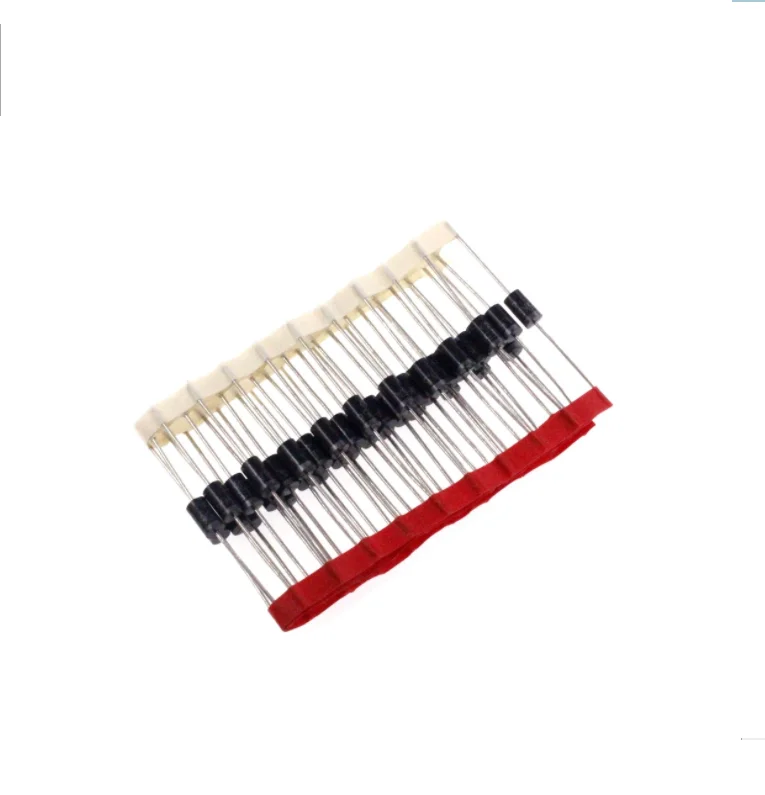
Conclusion
What is a diode used for?
Diodes are versatile electronic components that find application across a wide range of industries and technologies. From rectification and voltage regulation to signal demodulation and protection in circuits, diodes play crucial roles in ensuring the proper functioning and reliability of electrical and electronic devices. With the advent of light-emitting diodes (LEDs) and photodiodes, diodes have also expanded into lighting, displays, and light detection applications.

